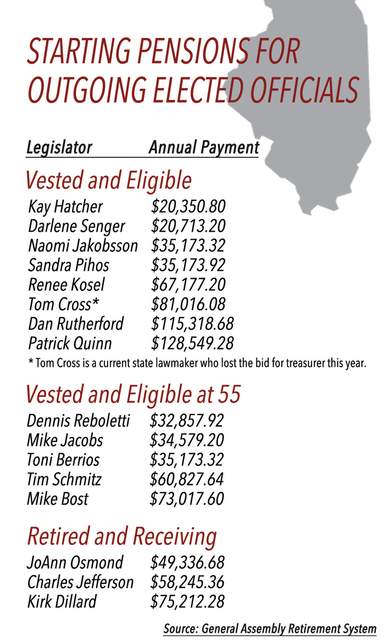The Florida town of Delray Beach this week negotiated a series of pension changes with its police force; the town eliminated early retirement for new hires and lowered the multiplier used to calculate pension benefits for new and current employees.
Un-vested employees also won’t be able to use overtime to boost their pension benefits.
In return, employees will see higher salaries.
From Boca:
Delray Beach successfully completed the city’s push for pension reform this week when the Police Benevolent Association ratified a three-year contract that will save the city $21.3 million in pension contributions over 30 years.
The vote by the police department’s officers and sergeants was overwhelming. Ninety-two approved ratification while just 11 opposed it. The contract will be retroactive until Oct. 1, the start of Delray’s budget year.
For pensions, the contract divides the officers and sergeants into four tiers. Tier 1 includes all employees with at least 20 years of service and all retirees. Their pension benefits won’t change.
Tier 2 includes those with between 10 and 20 years of employment. The “multiplier” used to calculate their benefits will drop from 3.5 percent to 3 percent, and their starting benefit will be limited to $108,000, which is still generous. The lower multiplier also will apply to those in Tier 3—employees with fewer than 10 years of service, meaning they are not yet vested. For new hires—Tier 4—the multiplier will be 2.75 percent, and early retirement will be eliminated.
Not surprisingly, the contract favors seniority, which is typical with most union deals. For all but the new hires, vested officers and sergeants will get at least a 1 percent annual cost-of-living increase in their pensions. That is a perk almost no private-sector employees enjoy.
Still, the contract does a lot for pension sustainability. New hires and those not vested won’t be able to use overtime in calculating pension benefits. Delray Beach should insist on continuing that change in future contract negotiations. New hires won’t get early retirement, and their benefit will be limited to roughly two-thirds of their final average salary.
Just as important, the contract achieves the city commission’s goal of focusing more on pay for police officers when they are working. The annual starting salary will be $48,000 in the first year of the contract. The officers and sergeants will get an immediate raise to compensate for the previous three years, when salaries were frozen. There will be a merit system for raises.
In an email, Mayor Cary Glickstein said, “We achieved our objectives of substantive pension reform, with benefit reductions of over $21 million and re-establishing taxpayer control of the board that manages the pension fund’s assets, while providing substantial wage increases required to attract and retain the best law enforcement personnel in South Florida.”
Delray Beach’s City Manager, Don Cooper, is expected to attempt to negotiate a similar contract with the city’s firefighters.
Photo by pshab via Flickr CC License








